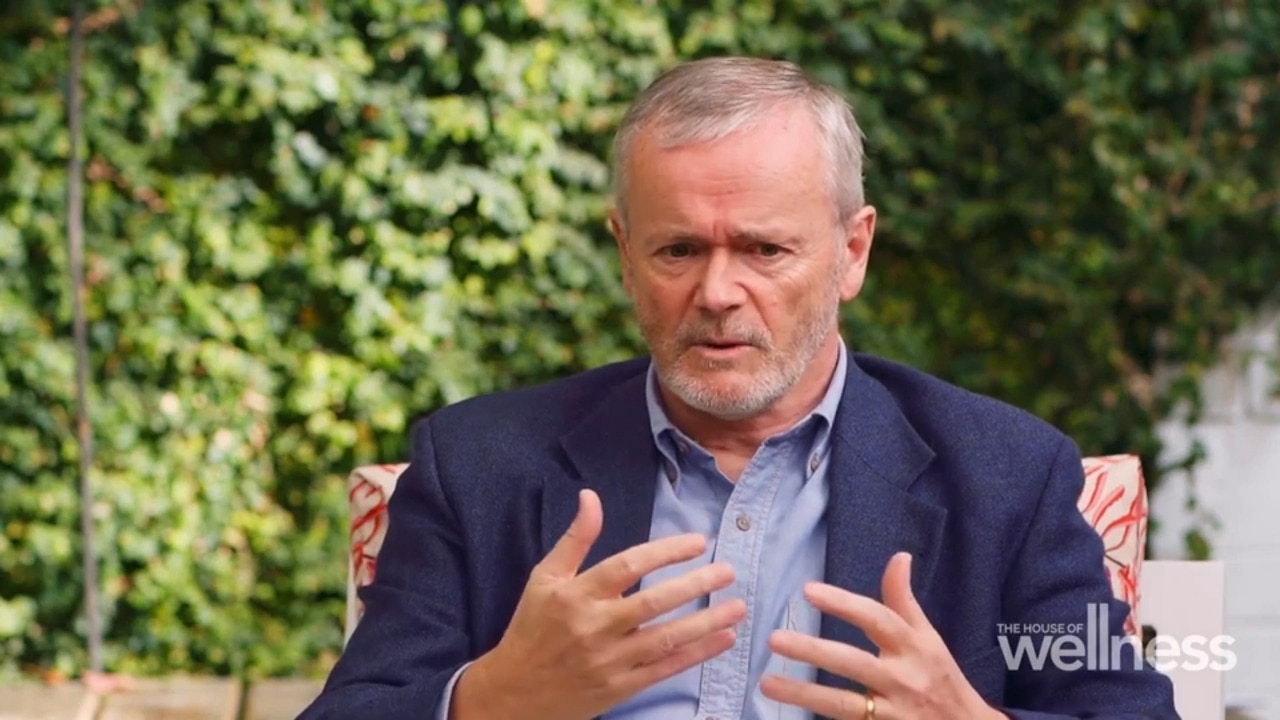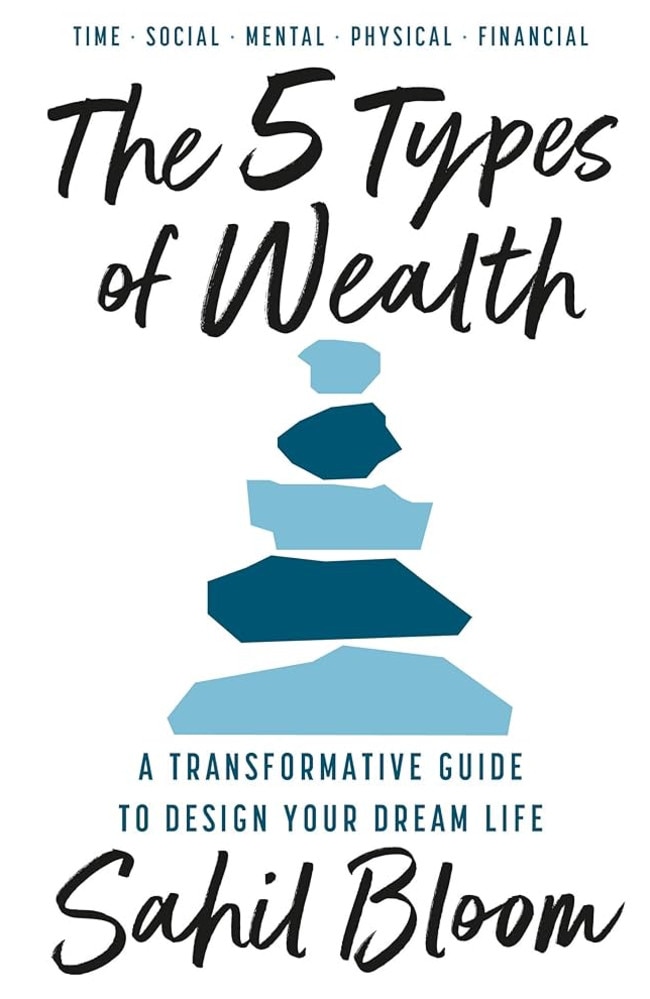These graphs will change everything you think about wealth and relationships
A new book will make you reconsider everything you thought about having a “wealthy” life.

We’ve been measuring wealth wrong this whole time – and these are the charts that could change your thinking about it.
While we might be tempted to equate wealth with a fancy job title or a pay rise, it encompasses far more than just money, argues entrepreneur, investor, and author Sahil Bloom.
He believes that “our scoreboard is broken” and that a conventional measure of wealth defined solely by money often leaves us time-poor, lacking purpose or growth and our health and relationships suffering.
This concept is explored first-hand in his new book, The 5 Types of Wealth, where he urges readers to consider building their lives around five different forms of wealth – Time, Social, Mental, Physical, and Financial.

Bloom believes that true fulfilment comes from defining wealth on your own terms. Although financial wealth is one type, people can also be physically and mentally rich, and wealthy in terms of time and social relationships.
In the chapter ‘Time Wealth’, he relies on data from the American Time Use Survey – a comprehensive national survey conducted annually to provide information on how people allocate their time across various activities and the company they keep on an average day.
What he discovered was that time is our most important asset, as you can never get it back.
He also learnt that there are specific windows – much shorter than we might care to imagine or acknowledge – during which certain people and relationships occupy your life.

The first eye-opening graph he presents is ‘Time spent with family’.
It shows that time devoted to your parents and siblings peaks in childhood and declines sharply after you hit twenty.
As you leave home and immerse yourself in your own life, you often fail to recognise that the time remaining with your family is incredibly limited.
“Cherish these relationships while you can,” Bloom advises.

Another graph highlights that time spent with your children peaks during their early years and then declines rapidly thereafter.
There’s an extremely brief window during which you are your child’s entire world, hence Bloom advises, “Don’t blink and miss it”.

Time spent with friends peaks at eighteen and then declines sharply.
In your youth, you spend a great deal of time with a lot of different friends. As you transition into adulthood, this shifts to spending less time with a select few close friends.
The essential takeaway? “Embrace the breadth of friendships that comes with youth and prioritise the depth of friendships that should come with age”.

Time spent with your partner trends upward until death.
“The person you choose to confront life’s ups and downs with will have the largest impact on your happiness and fulfilment,” claims Bloom.
“Choose wisely.”

As expected, time spent with co-workers remains consistent during the traditional prime working years, from age twenty to sixty, before it suddenly declines around retirement age.
“Work will pull you away from your family and loved ones throughout your life,” Bloom cautions.
“If you have the luxury of choice, make sure you choose work — and co-workers — that you find meaningful and important. Aim to have co-workers who bring energy to your life.”

Time spent alone steadily increases over the years.
“When you’re young, you tend to view time alone as a sign of not fitting in. You come to fear time alone, to fear boredom. But you need to learn to cherish it,” Bloom highlights.
“Find happiness and joy in the time you have to yourself — there will be more of it as you get older.”

He then shares six key lessons for life:
1. Family time is finite — cherish it.
2. Children’s time is precious — be present.
3. Friend time is limited — prioritise true friendships.
4. Partner time is meaningful — never settle.
5. Co-worker time is significant — seek energy.
6. Alone time is abundant — love yourself.

It doesn’t matter where you’re from, your age, or whether you’re rich or poor — time is a universal truth and struggle, according to Bloom.
He reminds readers that time can be framed in the context of the limited number of opportunities you’ll have to see someone again.
Despite not being at the end of your life, you could very well be nearing the conclusion of your time with some of the most important people in your life.
He references the work of writer and philosopher Sam Harris, who once stated, “No matter how many times you do something, there will come a day when you do it for the last time”.

There will be a last time your kids want you to read them a bedtime story, a last time you’ll go for a long walk with your sibling, a last time you’ll hug your parents at a family gathering and a last time your friend will reach out for support.
“How many moments do you really have remaining with your loved ones?” Bloom asks. “It’s probably not as many as you’d like to believe. All the tiny moments, people, and experiences that we take for granted will eventually be ones we wish we had more of”.
Once you accept this harsh, and perhaps depressing reality, investing in your Time Wealth means you can use the awareness of time’s impermanence to take action.
“It is building the power to direct your attention to the things that truly matter (and ignoring the rest). It is achieving control over your time — how you spend it, where you spend it, and whom you spend it.”
The 5 Types of Wealth by Sahil Bloom is published by HarperCollins and is available now.






